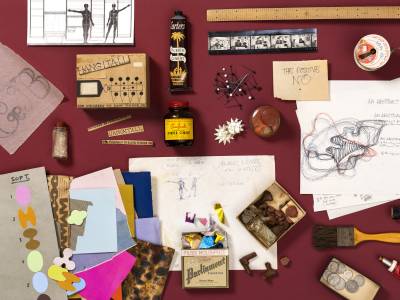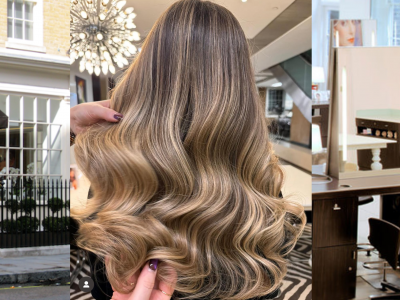The Eameses legacy lives on with their #8 Case Study House (1949), now a living museum in Pacific Palisades. While Llisa is chief curator of the Eames Institute for Infinite Curiosity in Petaluma, California formerly known as the Eames Ranch, where Llisa grew up. In its new incarnation the Institute brings the Eameses design ingenuity to the masses with a virtual archive and gallery. Llisa recently launched an online exhibition: Ray’s Hand, celebrating the creativity of her grandmother.
5 Minutes with Llisa Demetrios, Granddaughter of Charles & Ray Eames
26th January 2023
SPHERE meets Llisa Demetrios, the youngest granddaughter of Ray and Charles Eames, the pioneers who changed the face of modern design with their playful approach to modern furniture and architecture between the 1940s-1980s.
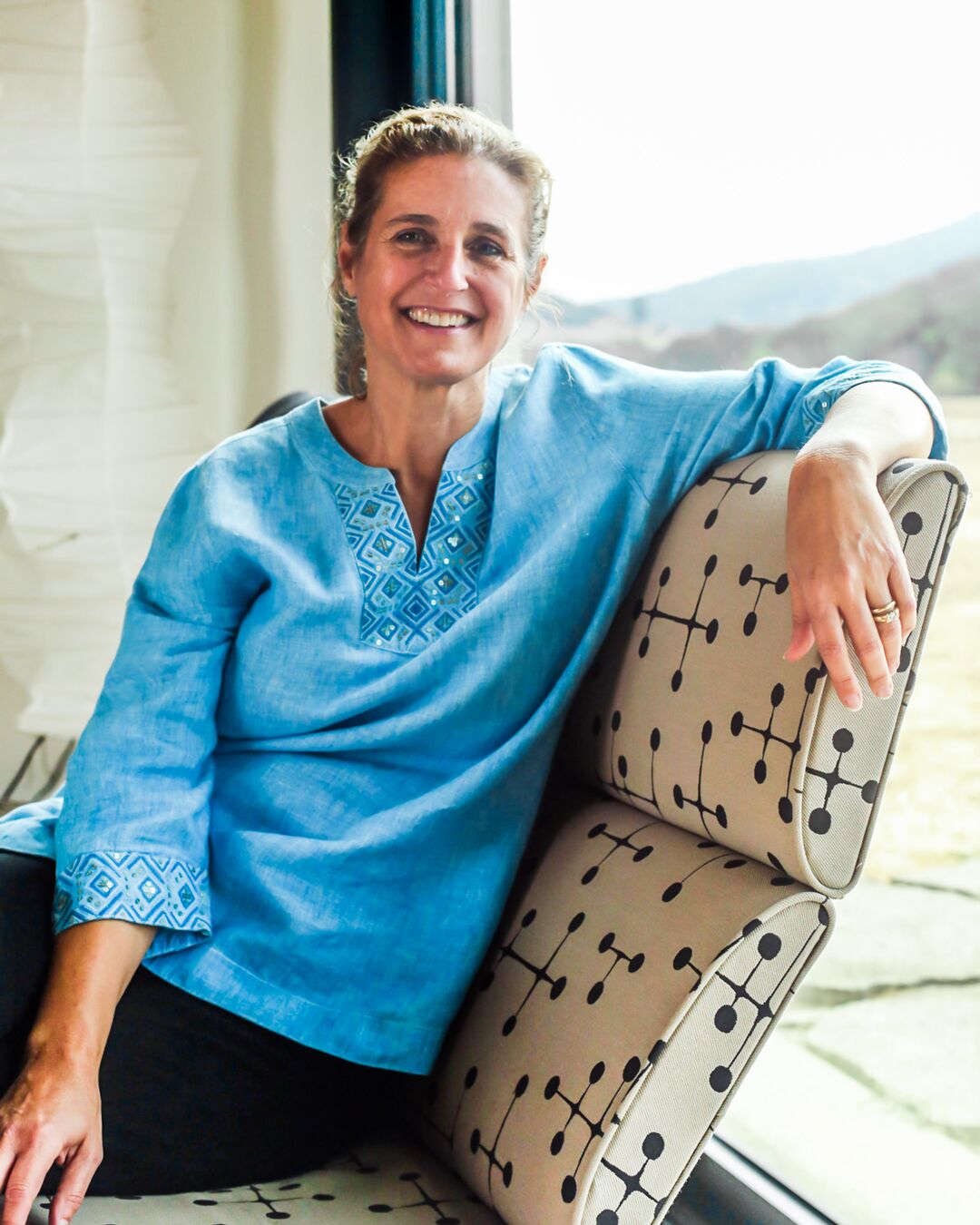
My personal style signature is… since I live on a ranch, I spend time indoors with the collection and outdoors with the land. So I like the ease and flexibility of wearing jeans all year round for my day-to-day routine. In the dry season, I wear jeans with espadrilles, and in the rainy season with muck boots.
Growing up as the granddaughter of the Eameses has been… A joy! When I was a child, I saw what my grandparents made. Now as a curator I understand how they made it. It is extraordinary to have a job that taps in, connects and resonates with so many facets of myself seamlessly - as a grandchild, archivist, sculptor, curator, maker, parent. As prolific and amazing my grandparents were as designers, they were even more amazing as grandparents. They shared whatever they were working on.
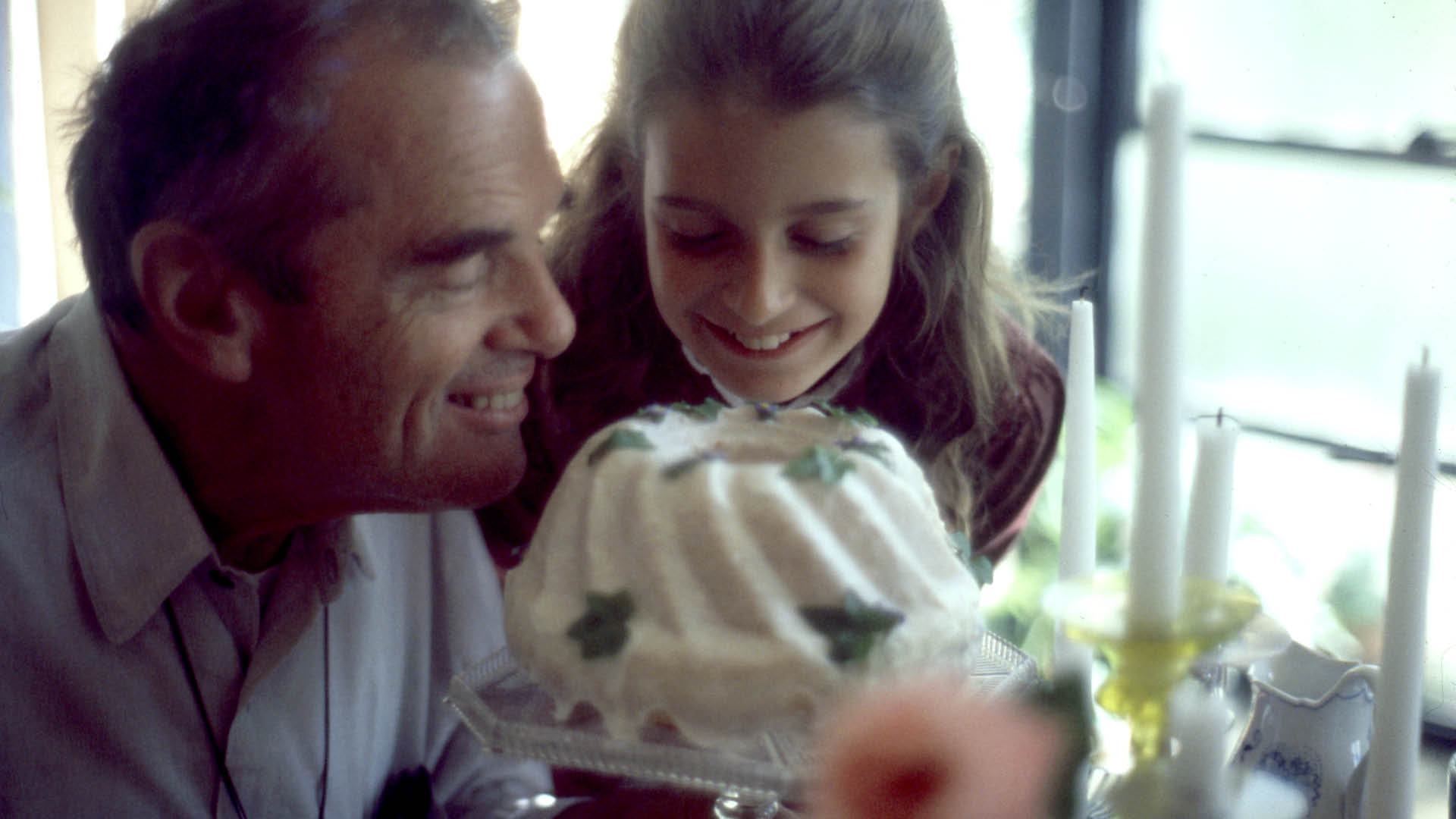
The overarching goal of the Eames Institute for Infinite Curiosity is to unpack the way that the Eameses worked… the way they infused their designs and lives with curiosity and discovery at every turn. Being able to share the legacy of Ray and Charles in this way, to showcase their incredible process and wide-angled vision of design, is the dream of a lifetime.
Since the inception of the institute, and for several years preceding that, industrial designer and Airbnb co-founder Joe Gebbia generously supported our work to create a home for curious problem-solvers… Joe has pledged to continue to make the Institute a cornerstone of his philanthropy—which also focuses on global human rights and refugee relief, education, and environmental issues. The Eames Ranch currently houses the Institute, but it will be undergoing major development and so it is not open to the public, which is why we offer online insight.

It’s called the Eames Institute for Infinite Curiosity because… Ray & Charles used design as a way to solve problems at any scale. As Charles said, “The most important thing is that you love what you are doing, and the second that you are not afraid of where your next idea will lead.” Their boundless curiosity and relentless pursuit of solving problems in furniture, film, exhibits, architecture, and textiles is in the name of the Institute. The Institute aspires to be a home for curious problem-solvers, both on-line and on-land.
Our online exhibitions exist to… share pieces from our collections. The Collections Team has been in a multi-year process of cataloguing vintage material that came from the Eames Office in Venice, CA. As we have been unpacking the crates, opening drawers and looking in boxes, we have been inventorying what we have found so far, and making discoveries along the way. The narratives for the exhibits evolve directly from highlighting Ray and Charles’ design process through the archival material in the collection. We’re also codifying the “lessons” of Ray and Charles, bringing them to life through an array of programming. And, finally, we’re designing and creating physical spaces for people to experience the Eameses’ work and lessons in contemporary settings.
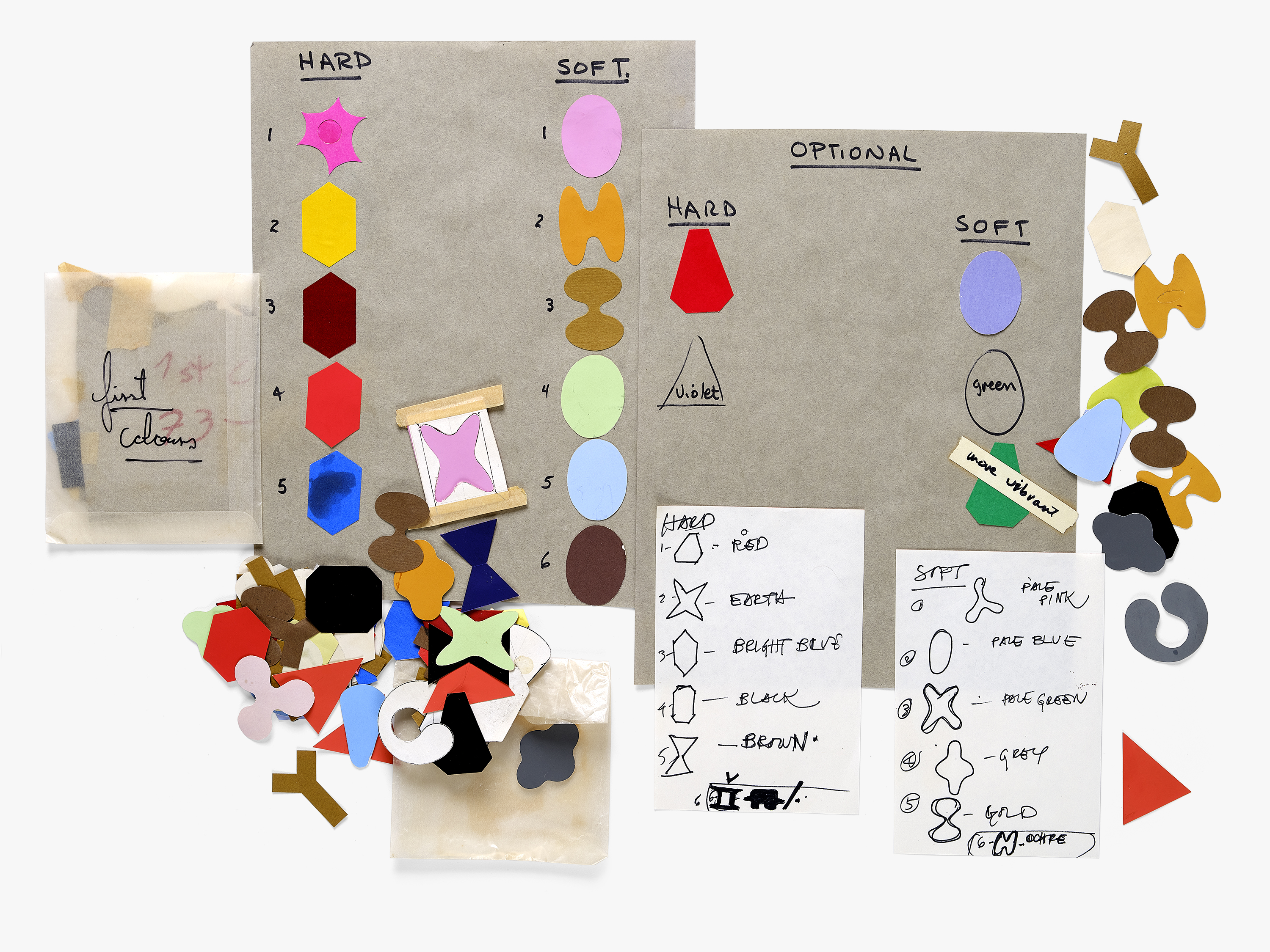
I decided to create ‘Ray’s Hand’ because… my grandmother, Ray Eames, helped shape my outlook on design. I saw from her how design was a powerful tool to assess and solve problems. ’Ray’s Hand’ aims to help shift the way this relationship has traditionally been viewed, and illuminate the many ways in which Ray shaped what we understand as Eames designs. Because of the time, Ray was sometimes overlooked in the partnership, but not by my Grandfather, Charles was always complimentary of Ray’s work and would say ‘Anything I can do, she can do better’.
We distilled this exhibit to show pieces in the collection that we have come across so far where you can see Ray’s hand in the works produced at the office… like prototyping packaging for a toy like House of Cards (below).
Things to look out for in the exhibition include.. there is something very special about seeing her iterative process and honing of an idea through handwritten notes, and mock-up ideas for graphics, magazine covers in 2D, and packaging in 3D. The prototypes themselves are often smaller than I expected and some fit in the palm of one’s hand.
My favourite things at our Institute…are the drawers from the Graphics Room which are filled with the very materials that they used for their projects like sheets of colourful paper, pencils, crayons, chalk and even scale people for their scale models. I love looking at their passports and itineraries to see where they travelled, what projects they were working on, and whom they met. I still love the rebus letters written in pictures, long before emojis. In this digital age, all of this analogue material has become more important than ever.
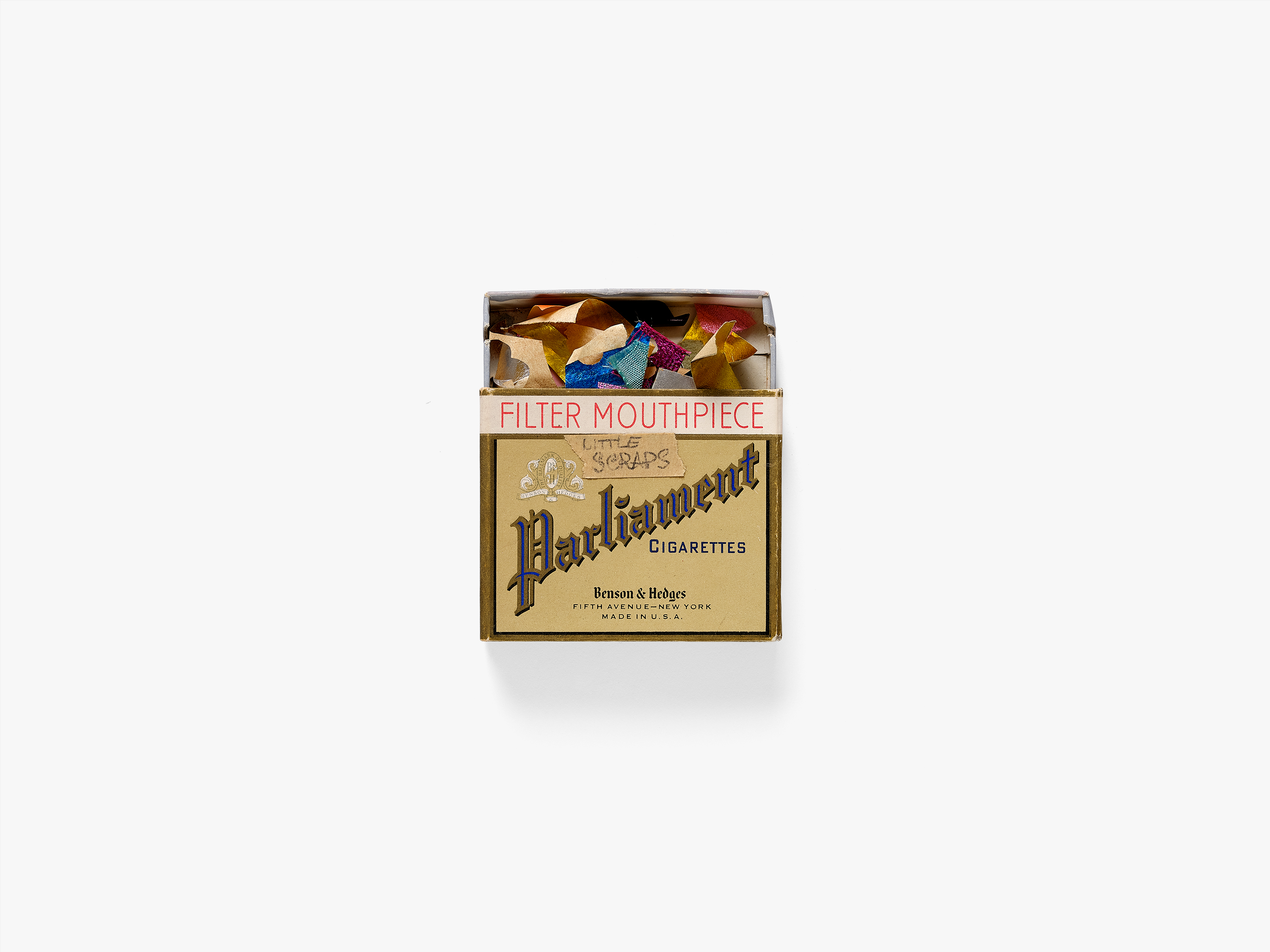
My all-time favourite Eames design is… I had favourites as a grandchild and I have favourites as a curator. I loved looking at and sitting on the chairs from the La Fonda series at the Eames House and at Eames Office. There were two in particular - a striking blue armchair, and a black drafting stool chair on casters. They are now in the collection. They are still favourites from my childhood but I look at them in a new way today as a curator.
My grandparents taught me.. you can’t just complain about something. If you do, then you need to offer a solution. I remember going out for dinner with my grandparents in Venice, California where we had some borscht soup. As we walked back, Charles asked me what I had thought of dinner. I was about 8 years old at the time, and I said firmly that I didn’t like it very much. Without missing a beat, Charles turned to me and asked how I would have done things differently. I was surprised. I realized that if I complain then I need to have a better way of doing something. Charles asked if I knew what the ingredients were in borscht and I said no. He explained and we talked about beets, potatoes and onions and what other foods that could be made with those ingredients. We came up with stories of why the chef made borscht that particular day - maybe that was all that was at the farmer’s market, maybe it was a favorite dish of the chef’s grandmother and perhaps it was somebody’s birthday. It was a valuable design lesson and an unforgettable life lesson.
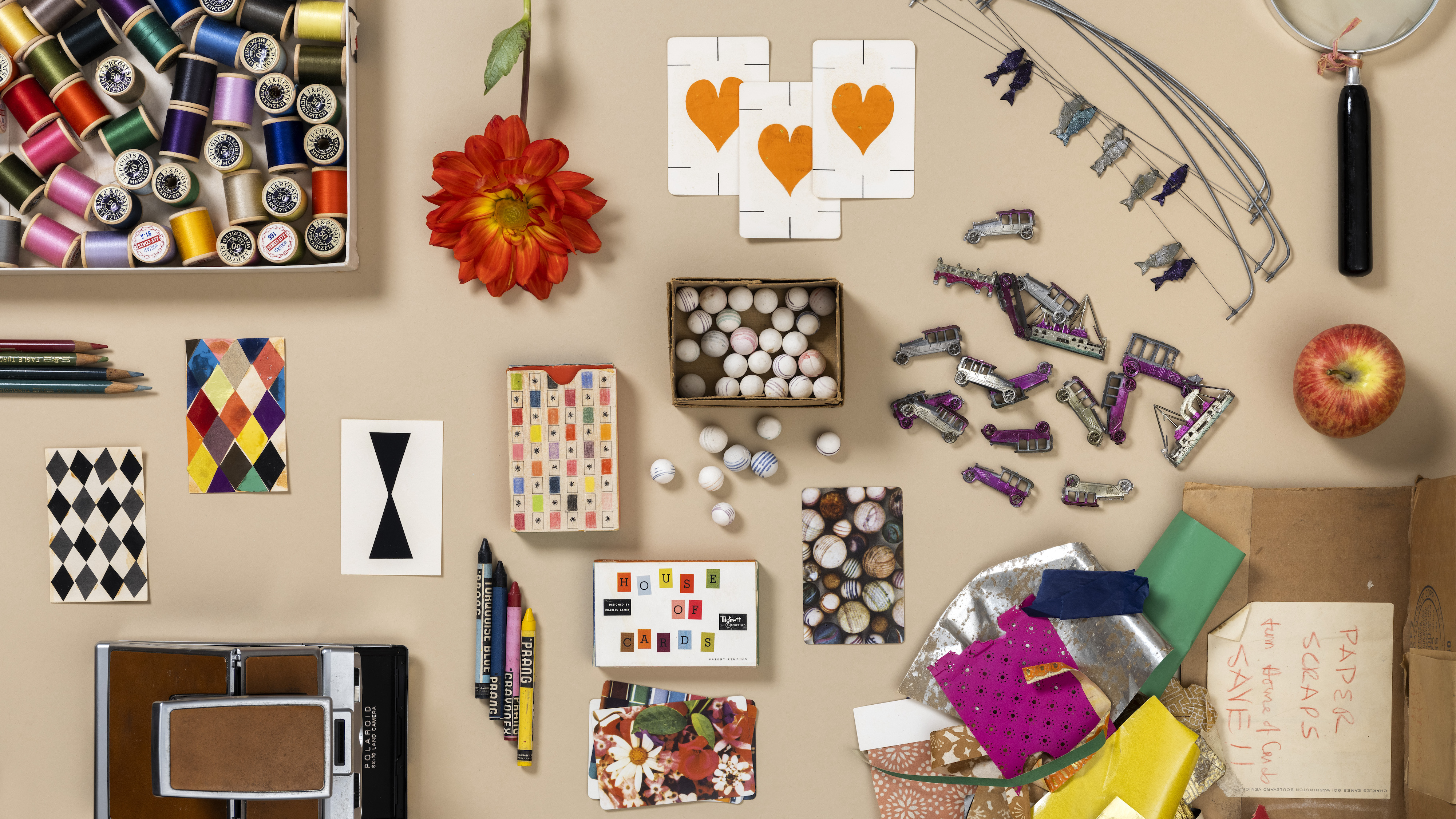
What’s most exciting to me is the fact that the collection is not about looking backward… what we’re doing here now is really all about the future. It’s about taking what Ray and Charles left us and building upon it for a better tomorrow—of looking at the problems we face in our world now and continuing to expand on that lifetime of learning.
When I’m not working, you’ll find me.. collecting and taking photos on my phone.
My favourite place in the world is.. here at the Eames Institute.
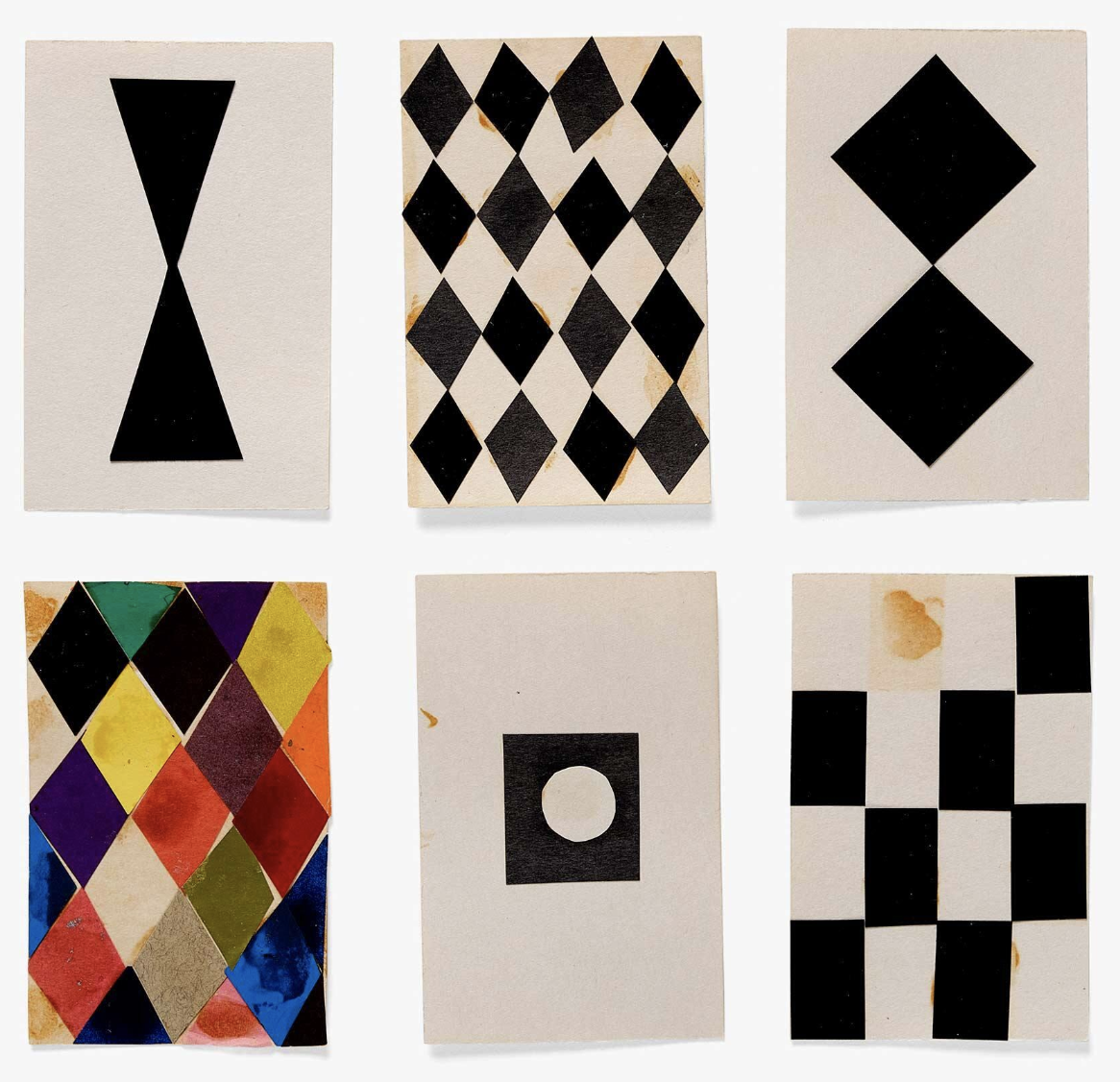
The podcast I last downloaded..I am about to download the latest episode of Cheryl Durst’s Skill Set podcast. I love how she shares her insights and observations about each person’s skill sets and smarts as she is interviewing them.
The next question on my mind is… what is the next discovery that we will make in the collection?
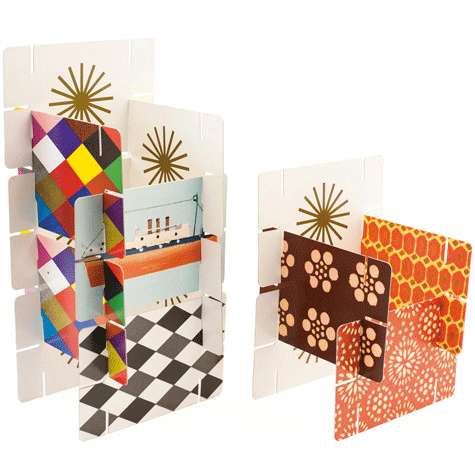
Thank you Llisa Demetrios
